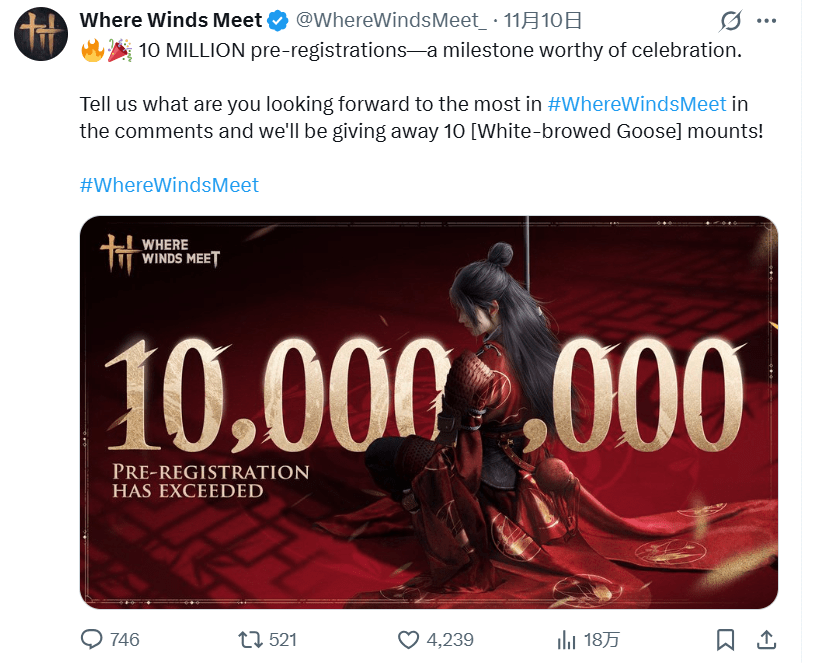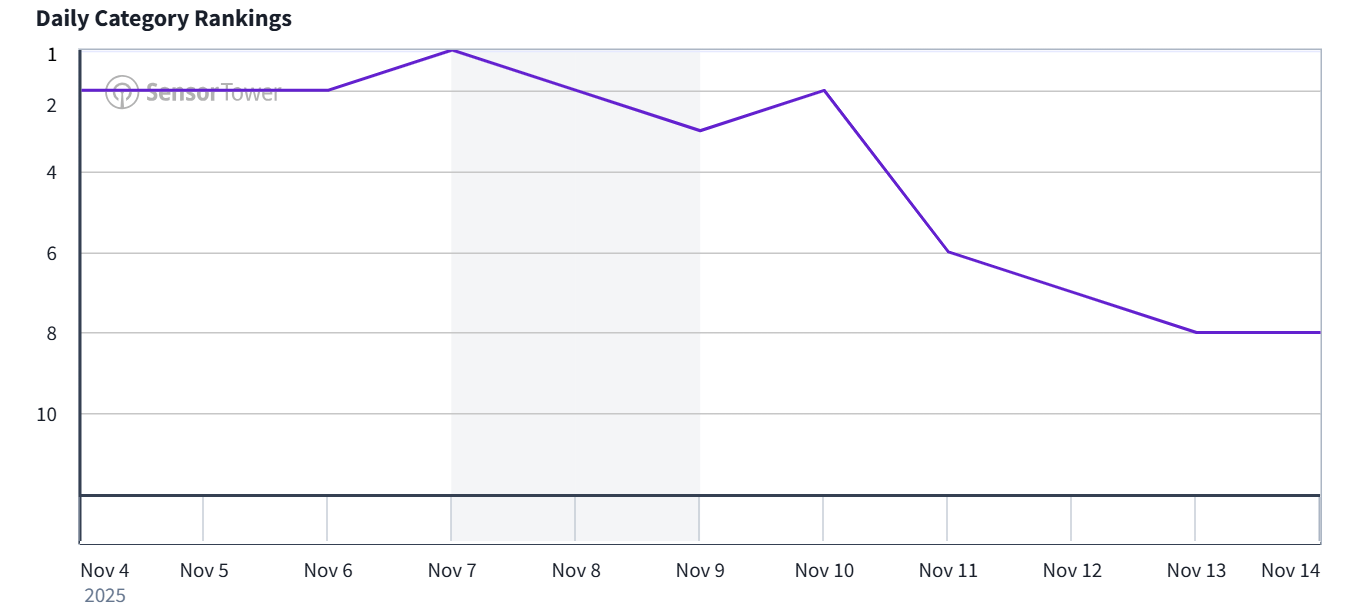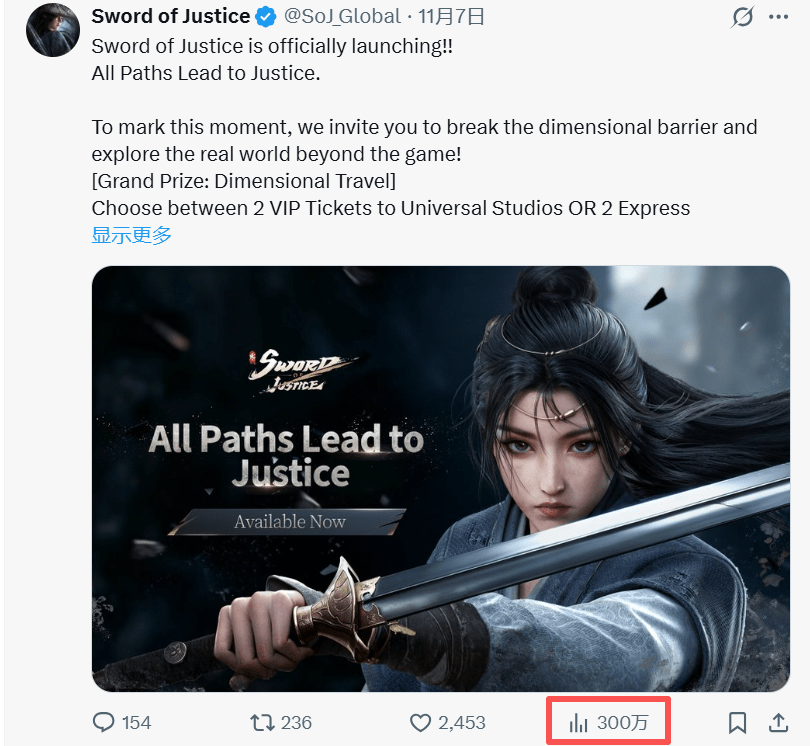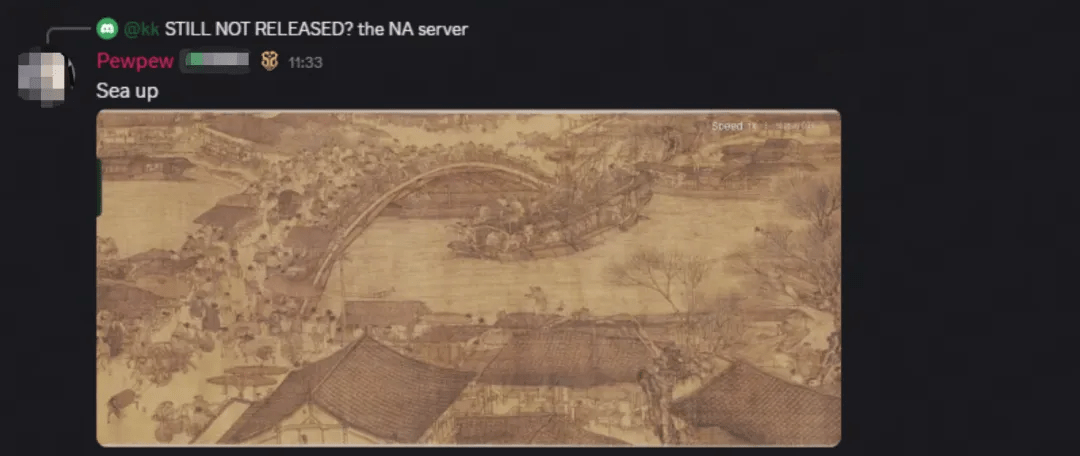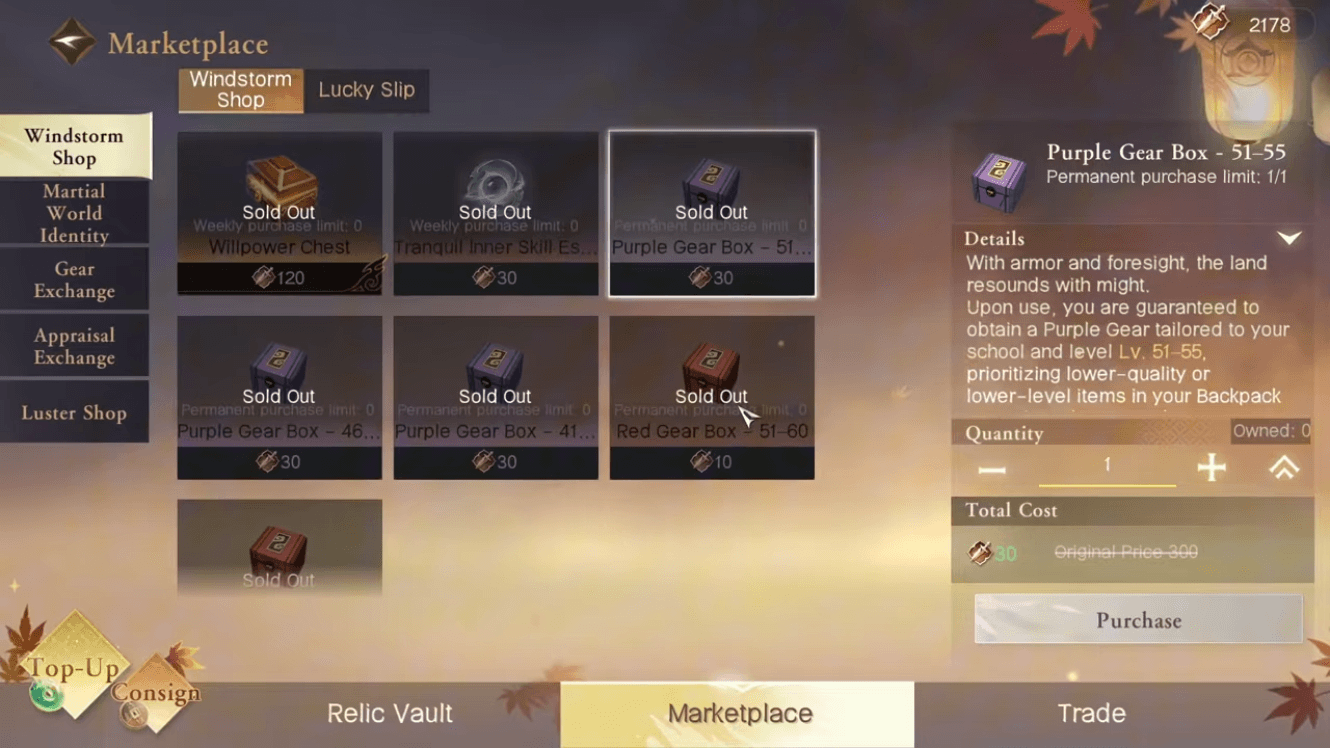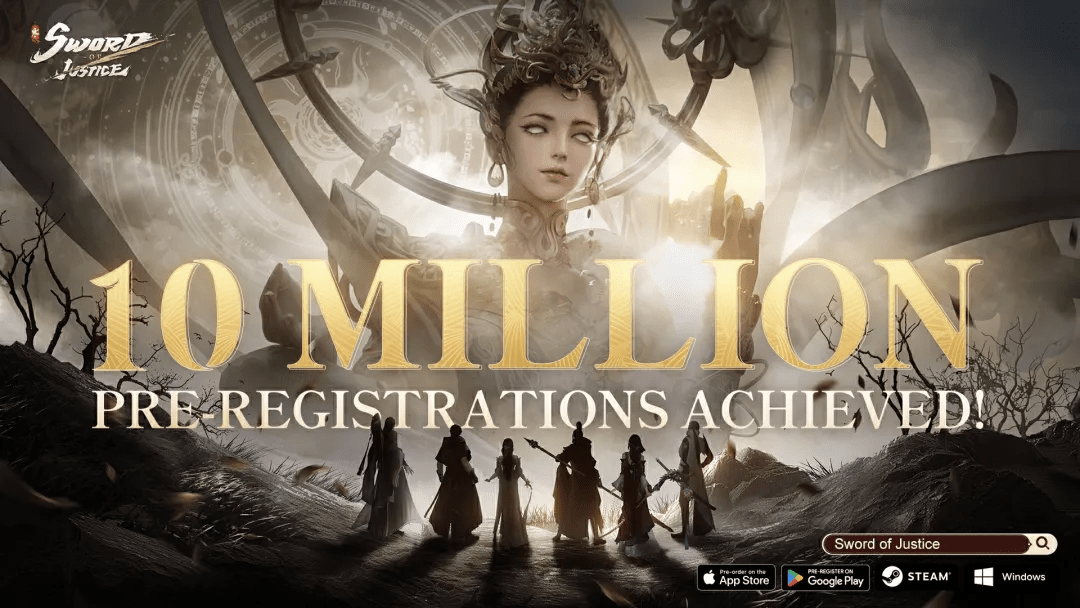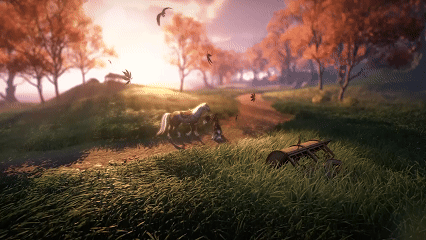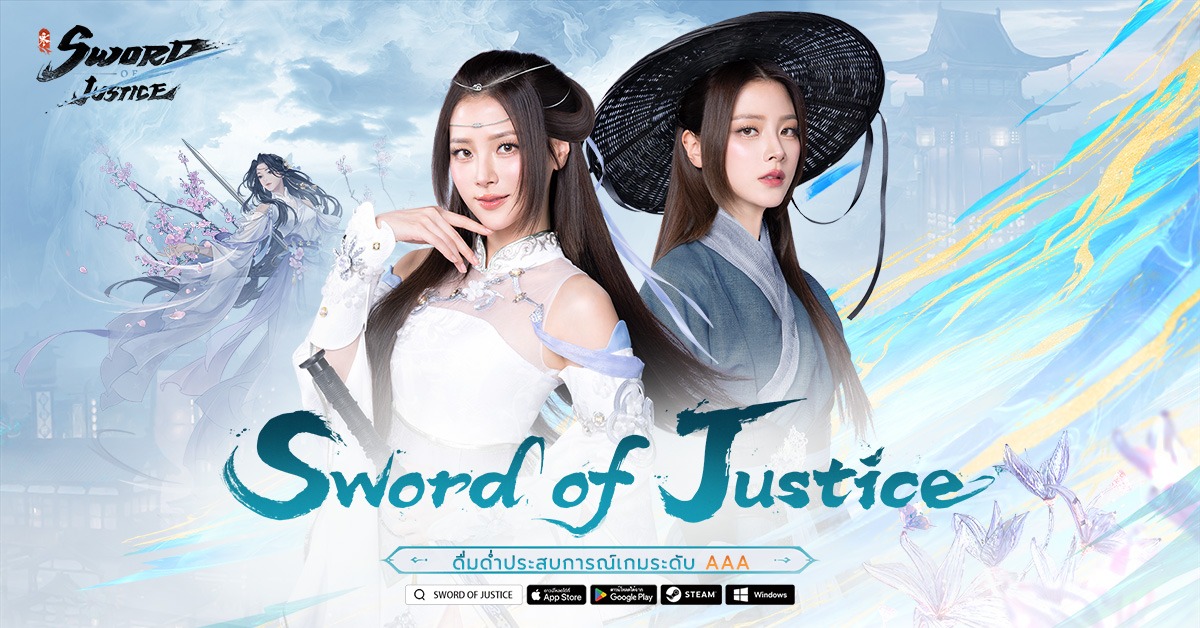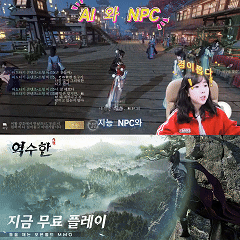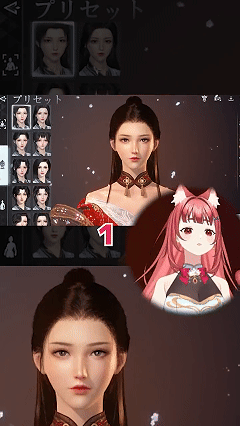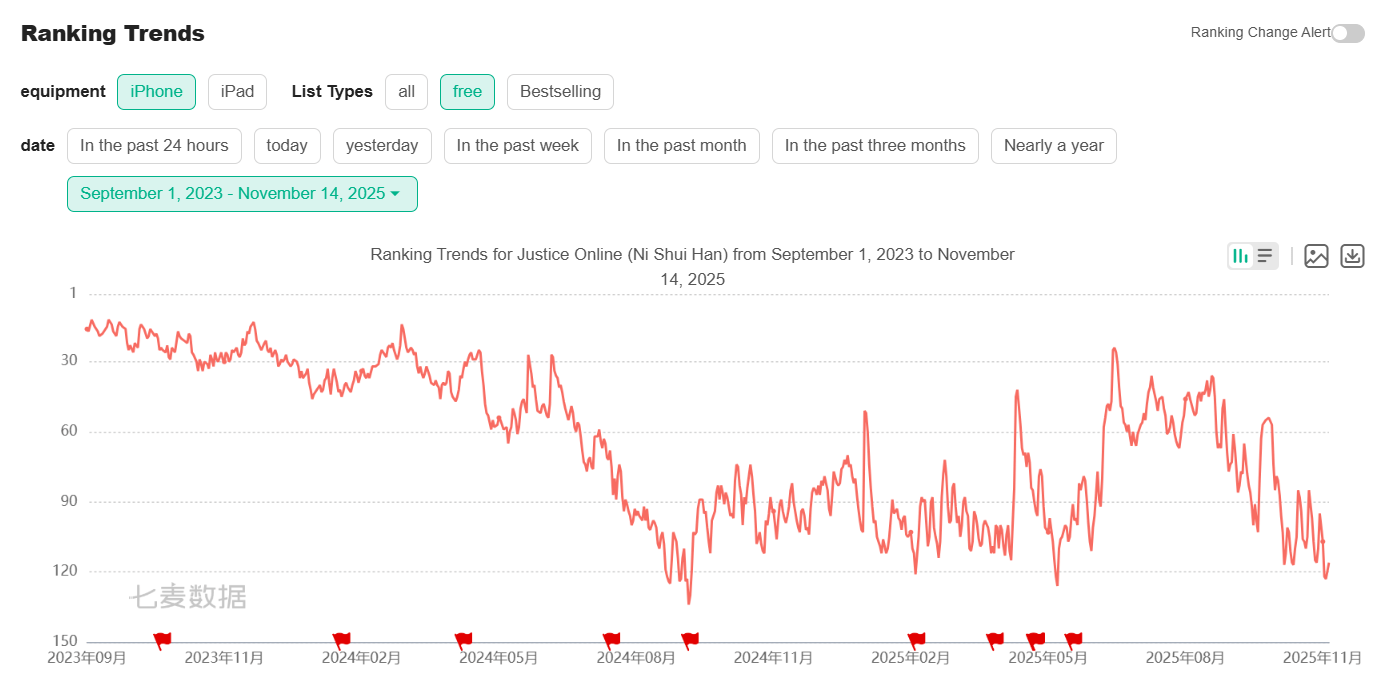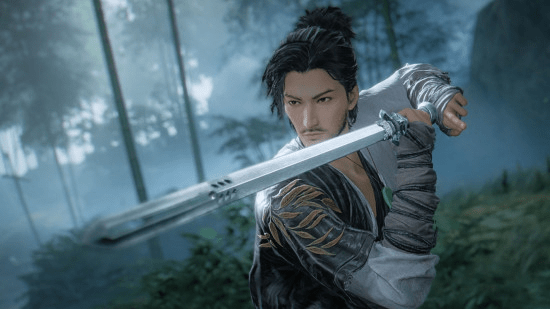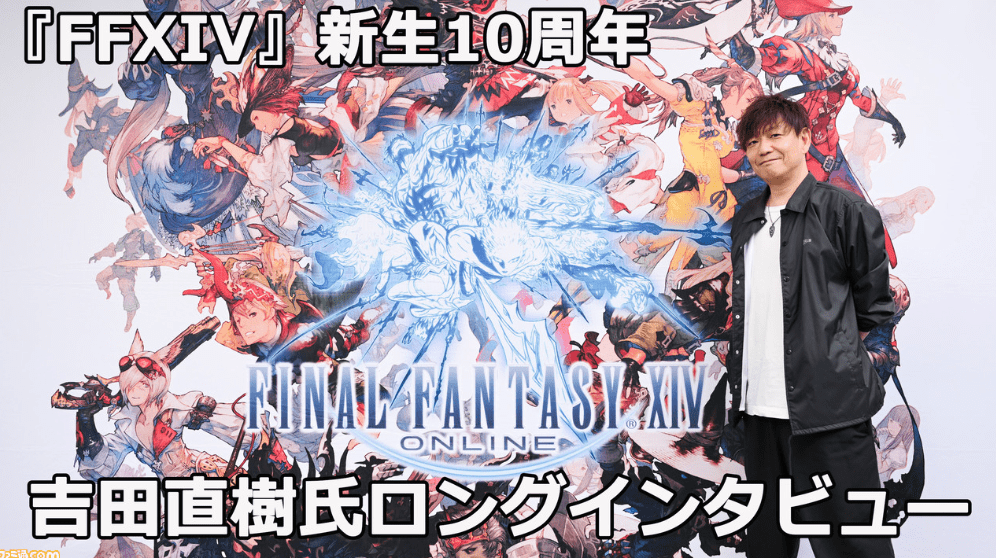Sword of Justice international server maintains an active presence in gaming communities
Although Sword of Justice appears to possess several elements conducive to long-term operation, its ability to sustain success remains uncertain.
According to AppGrowing’s data, the game performs well in Japan, Korea, and Southeast Asia, but its response in Europe and America is relatively subdued.
Western players have specific expectations for payment models and gameplay flow. Moreover, mainstream MMO markets in the West tend to prefer Western fantasy and sci-fi themes; martial arts culture has a limited audience there.

Source:AppGrowing
Cultural barriers in games act like a "wall." Although unique Chinese aesthetic and quality attract some players to break through, they also hinder broader acceptance of the game among overseas audiences, making it difficult to overcome this obstacle.
Therefore, as a product with distinctive cultural attributes, it’s crucial to actively transform these "cultural barriers" into "cultural appeal," to achieve sustainable long-term operation.
Notably, based on AppGrowing, Where Winds Meet is also scheduled to launch on November 14, 2025. The sequential release of two similar-themed products is expected to lower the cultural comprehension cost for international audiences and promote mutual support. Currently, Where Winds Meet is also gaining attention, with over ten million overseas reservations.
